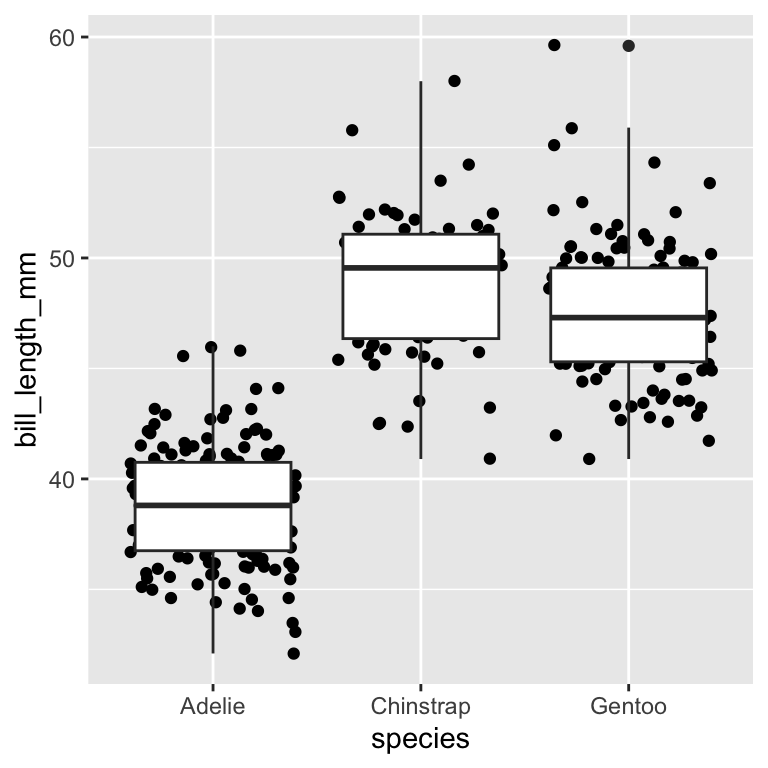library(palmerpenguins)
?penguinsBasics of Graphics
Tuesday, September 23
Today we will…
- Warm-up for
ggplot2practice activity (30-minutes) - Set-up for the practice activity (15-minutes)
- Review pair programming norms
- Learn how to access practice activities
- Take a 10-minute break
- Complete the practice activity (60-minutes)
- Find your partner!
- Fill out the collaboration survey (2-minutes)
- Find your partner!
Data Context for Today

What do you notice about these data?
Grammar of Graphics
The Grammar of Graphics (GoG) is a principled way of specifying exactly how to create a particular graph from a given data set. It helps us to systematically design new graphs.
Think of a graph or a data visualization as a mapping…
…FROM variables in the data set (or statistics computed from the data)…
…TO visual attributes (or “aesthetics”) of marks (or “geometric elements”) on the page/screen.
How to Build a Graphic
Complete this template to build a basic graphic:
Notice, every + adds another layer to our graphic.
Tip
Notice that I’m using named arguments to make my code easier to read.
What do you expect to see after running this code?
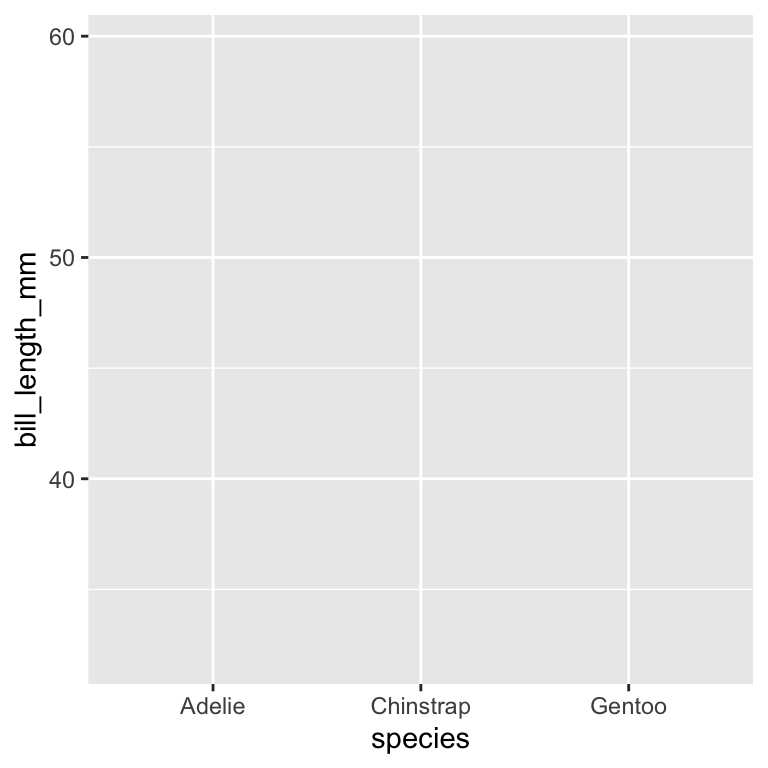
Aesthetics
We map variables (columns) from the data to aesthetics on the graphic using the aes() function.
What aesthetics can we set?
- x, y
- color, fill
- linetype
- shape
- size
Tip
See ggplot2 cheat sheet for more!
Geometric Objects
Wee use a geom_XXX() function to represent data points.
one variable
geom_bar()geom_density()geom_dotplot()geom_histogram()geom_boxplot()
two variable
geom_boxplot()geom_point()geom_line()
Tip
See ggplot2 cheat sheet for more!
ggplot2 Resources
Every person should have a ggplot2 cheatsheet!
On the Front
- Column 1: the “template” for making a ggplot
- Column 2: creating plots for one continuous or one discrete variable
- Column 3: creating plots for two continuous variables
On the Back
- Column 4: adding facets and labels to your plot
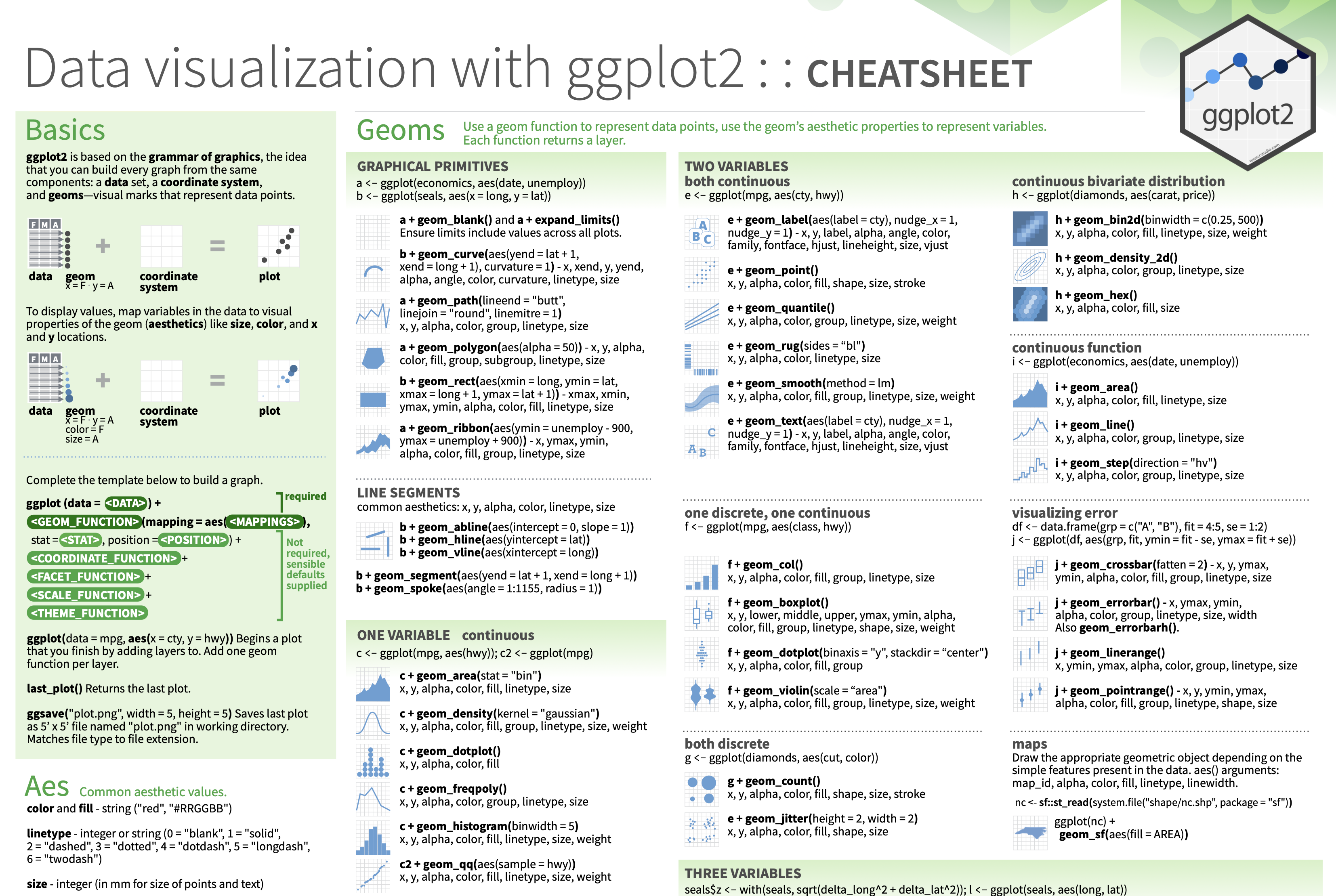
PA 2: Using Data Visualization to Find the Penguins
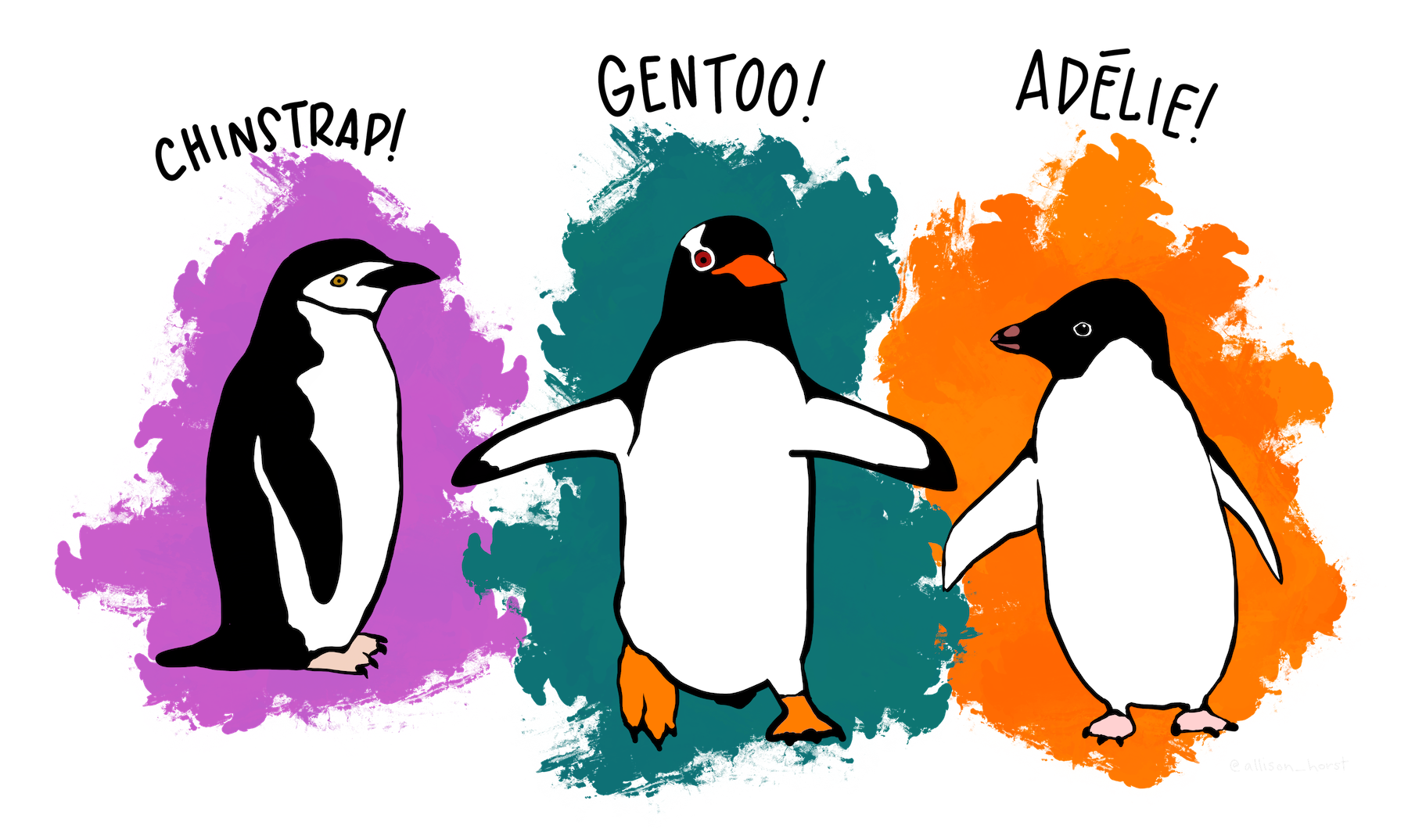
Artwork by Allison Horst
Essential Abilities
This puzzle will require knowledge of:
- types of variables
- types of visualizations
- what visualization(s) go with different variable types
- ggplot2 functions to create visualizations
- choosing between different aesthetic options
None of us have all these abilities. Each of us has some of these abilities.
Essential Abilities
This collaboration will require:
🌐 Coordination & Collaboration
- Clear communication
- Teamwork
- Interpersonal skills
🔧 Engineering Mindset
- Problem-solving
- Decision-making
📊 Management
- Leadership
- Time management
💡 Innovation
- Critical thinking
🤝 Social Responsibility
- Empathy
Collaborative Protocol
During your collaboration, you and your partner will alternate between two roles:
Computer
- Reads out the prompt and ensures the group understands what is being asked.
- Encourages the Coder to vocalize their thinking.
- Asks the Coder to explain their thinking.
- Types the code specified by the Coder into the Quarto document.
- Runs the code provided by the Coder.
- Works with Coder to debug the code.
- Evaluates the output against the question prompt.
Coder
- Confirms they understand what the prompt is asking.
- Talks with Computer about their ideas.
- Explains their thinking.
- Directs the Computer what to type.
- Manages resources (e.g., cheatsheets, textbook).
- Works with Computer to debug the code.
Collaborative Protocol
During your collaboration, you and your partner will alternate between two roles:
Computer
- Does not give hints to the Coder for how to solve the problem.
- Does not solve the problem themselves.
- Does not tell the Coder how to correct an error.
Coder
- Does not ask the Computer how they would solve the problem.
- Does not ask the Computer what functions / tools they should use.
- Does not ask the Computer to debug the code.
PA 2 Warm-up
Creating a Graphic
To create a specific type of graphic, we will combine aesthetics and geometric objects. When sitting down to create a plot, it’s great to start with a game plan!
- What variables are you interested in?
- What types of variables are these?
- Where do you want to put each of these variables? (i.e., what
aesthetics) - What type(s) of
geometries do you need?
Task 1
Create a plot showing the number of penguins captured on each island.
- What type of variable is
island?
- What type of plot would you make for this type of variable?
- What
geomwould you use to get this plot?
Task 2
Create plot displaying the most common bill lengths for the penguins in these data.
- What type of variable is
bill_length_mm?
- What type of plot would you make for this type of variable?
- What
geomwould you use to get this plot?
Task 3
Create a plot showing the relationship between a penguin’s bill length and body mass.
- What type of variables are
bill_length_mmandbody_mass_g?
- What type of plot would you make for these types of variables?
- What
geomwould you use to get this plot?
Working with Your Partner
Group Norms
- Be curious. Don’t correct.
- Be open minded.
- Ask questions rather than contribute.
- Respect each other.
- Allow each teammate to contribute to the activity through their role. Do not divide the work.
- Ask Dr. T or Jasmine group questions. No cross talk with other groups.
- Communicate with each other!
Task Cards
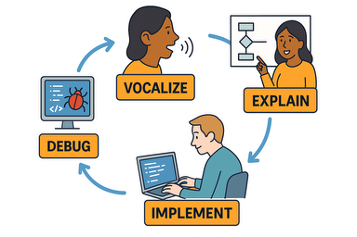
10-minute Break
Team Assignments
Section 70 (9:00 am)
Section 71 (12:00 pm)
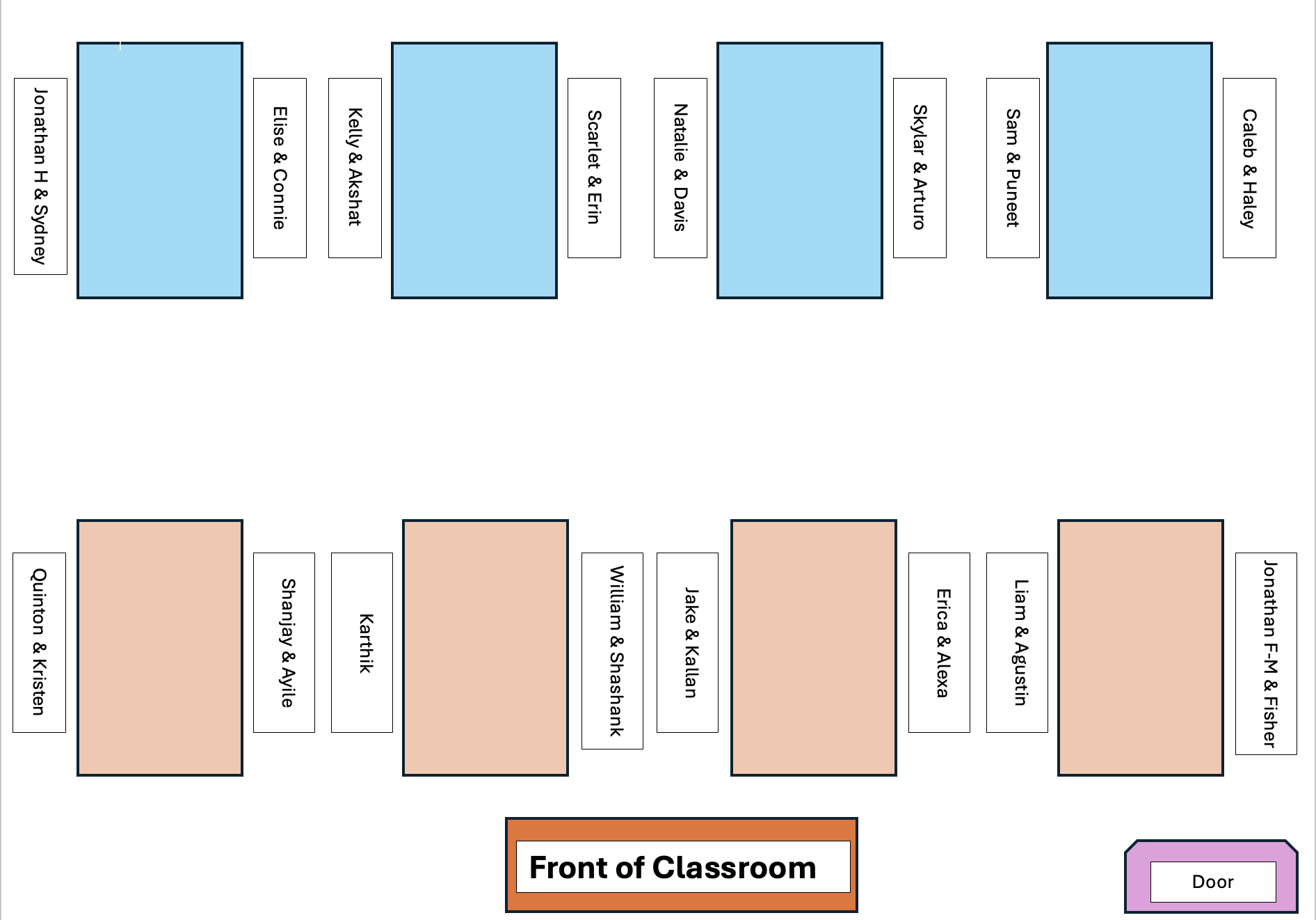
Accessing the Practice Activity in Google Colab
The partner whose family name starts first alphabetically starts as the Computer! The Computer needs to:
- Click on the Practice Activity 2 link from Canvas
- Log-in to your Google account
- Save a copy of the Colab notebook in your Google Drive
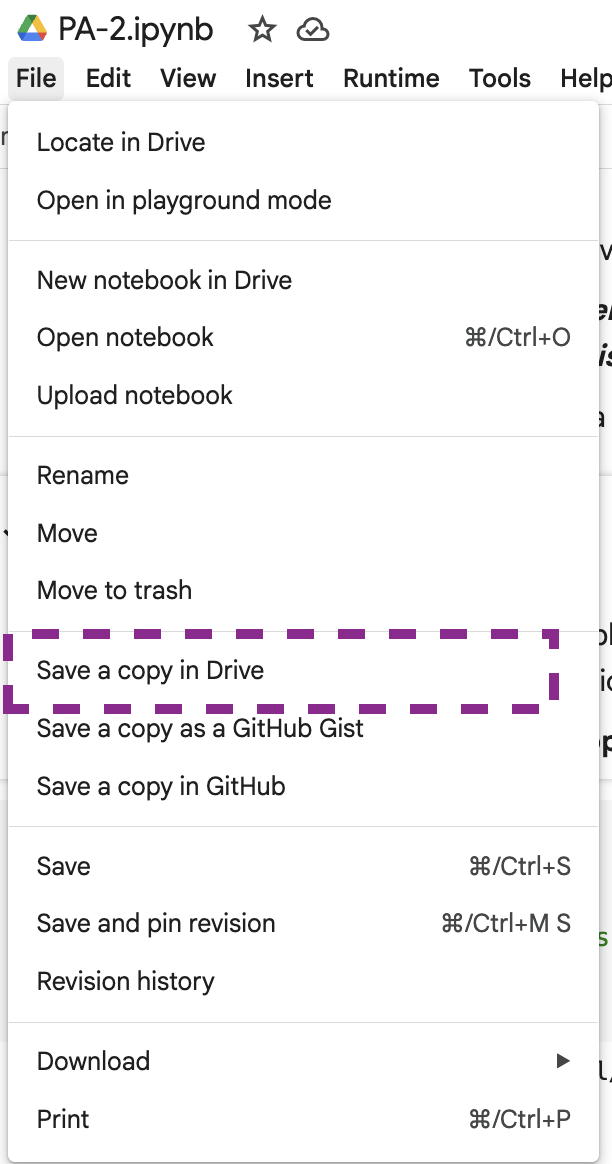
Sharing with Your Partner
Once you have your copy, you need to:
- Share your copy with your partner’s Google account
- Make sure the Coder can open the file
- The Computer should plug their laptop into the monitor
- The Coder must close their computer
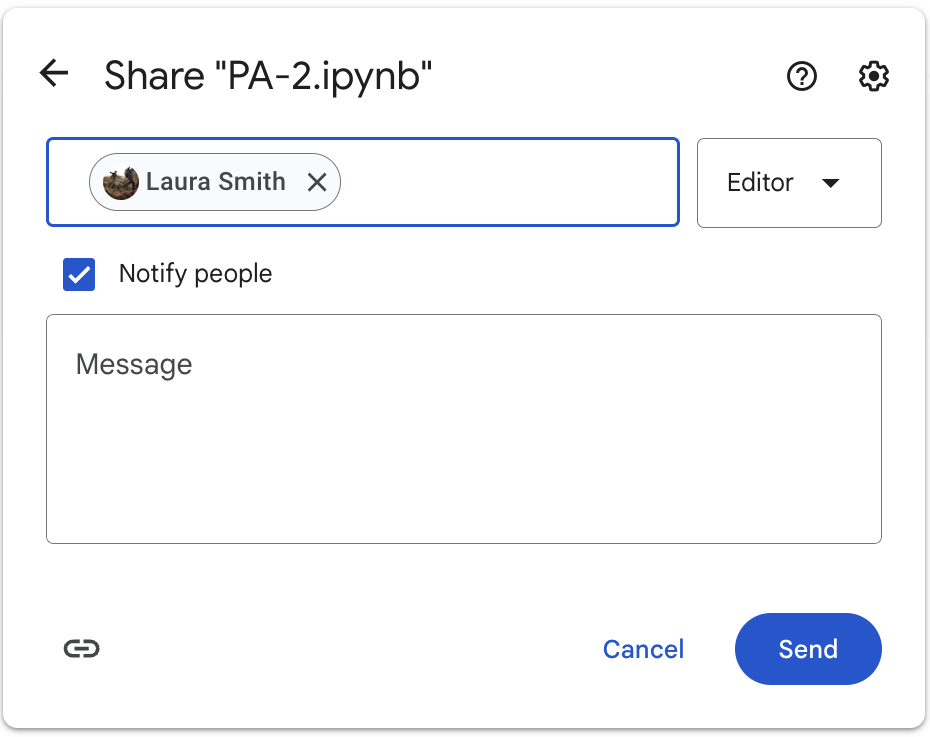
Things to Know About Colab
Only one person can type at a time
If two people type at the same time, only one document will be able to save.
This requires your group to adhere to the collaborative protocol!
Code that was run on one person’s computer will not appear on another person’s computer
When you switch roles, the new Computer will need to run all the code that was typed by the previous Computer.

Submission
When you have completed the visualization tasks, you will work as a group to answer the five questions posed at the end of the document.
Each person will input the answers to these questions in the PA2 Canvas quiz.
The person who last occupied the role of Computer will print the notebook as a PDF and submit the PDF for the group.
- Only one submission per group!

